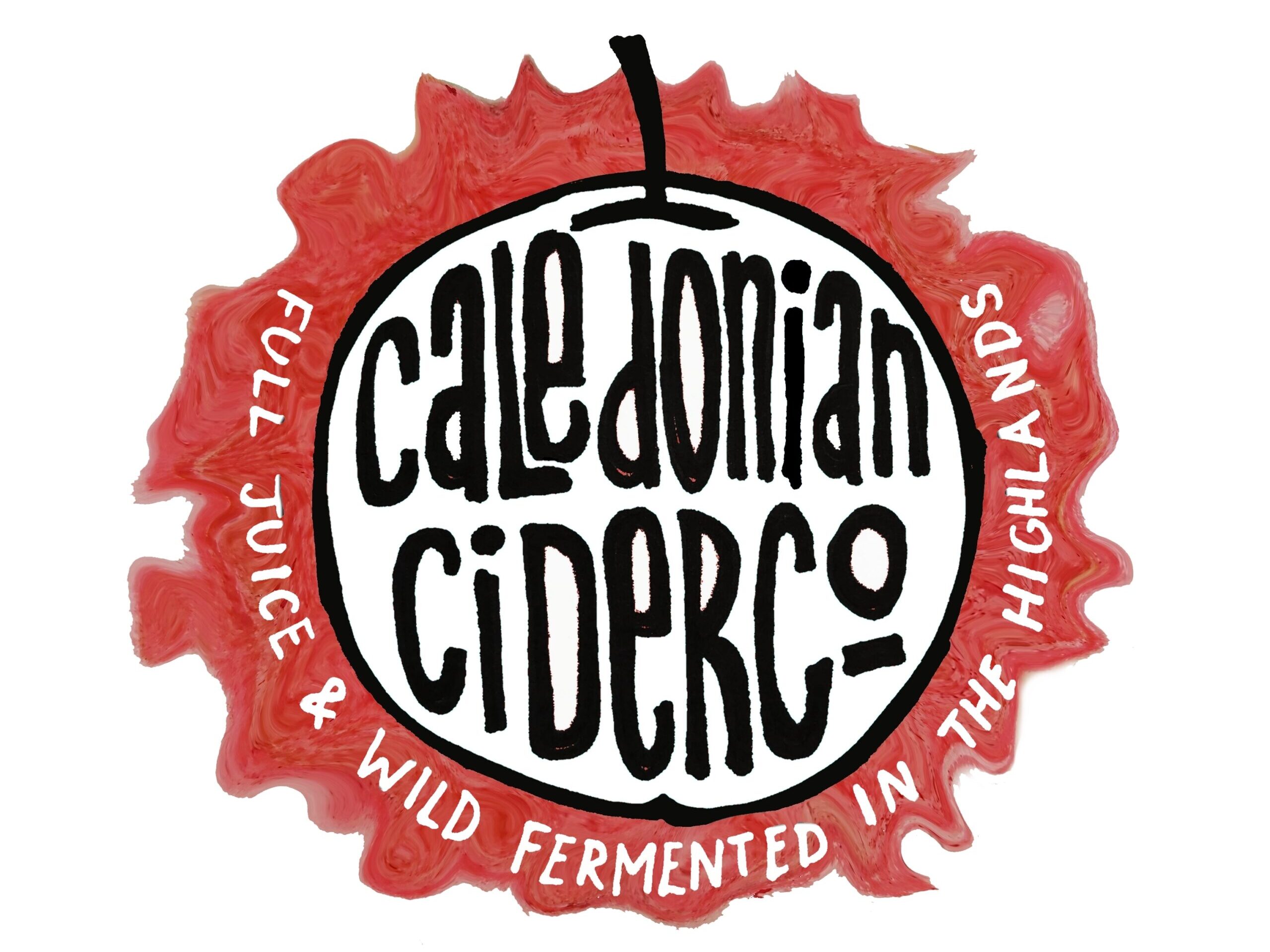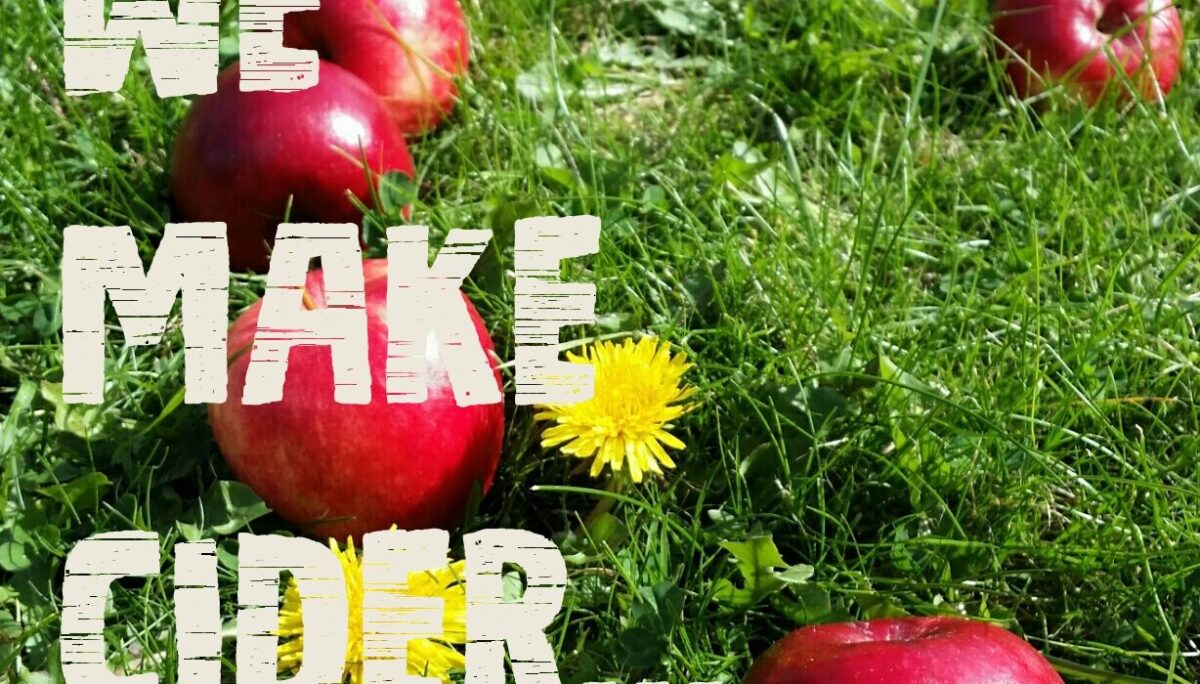How We Make Cider: The Pressing
Pressing an apple to release the juice held within may seem pretty straight forward, and to an extent it is, but as with everything else in cider making it’s the finer details that can make all the difference.
 The first thing to consider is when to press? The apples should ideally be perfectly ripe, we judge this using a couple of simple techniques. The first thing we tend to check is the firmness of the fruit, we’re looking for it to give way under pressure from the thumb, if it’s hard like a potato then it’s not ready, if it gives like a baked potato then that’s a good indicator it’s nearly ready. Another good test is to cut the apple in half so you can see the pips, they start off white in very under ripe apples then turn brown and gradually darken to almost black in a ripe specimen. The colour of the seeds not only gives us a good indication of ripeness but also lets us judge how long it’ll be before they’re ready.
The first thing to consider is when to press? The apples should ideally be perfectly ripe, we judge this using a couple of simple techniques. The first thing we tend to check is the firmness of the fruit, we’re looking for it to give way under pressure from the thumb, if it’s hard like a potato then it’s not ready, if it gives like a baked potato then that’s a good indicator it’s nearly ready. Another good test is to cut the apple in half so you can see the pips, they start off white in very under ripe apples then turn brown and gradually darken to almost black in a ripe specimen. The colour of the seeds not only gives us a good indication of ripeness but also lets us judge how long it’ll be before they’re ready.
So let’s assume we’ve got our heap of apples, they’ve been harvested and tumped (see previous post) and are now perfectly ripe and ready to press. The next step is to smash ‘em up. For this we use a mill, ours is kind of like a big funnel that feeds on to a set of spinning blades. There are countless mill designs in use around the world and they all do much the same thing, they chop, crush or shred your apples into a mushy pulp. If you’re on a tight budget you can achieve just the same effect using a bucket and a heavy stick, very satisfying! Now, at this point some cider makers will put the pulp straight into their press and start extracting the juice, nothing at all wrong with that but some, us included, do it a slightly different way. We pack the pulp into barrels, seal them up and leave them for a day or two (sometimes up to 5 days if it’s very cold outside). This is called maceration and basically there’s a couple of things happening to the packed in pulp during this step. Firstly the pulp takes on a stronger colour and aroma from the contact time with the skins and secondly extra pectin is drawn into the juice from within the cell walls. Why do we want extra pectin in our juice? You’ll see in the next post on fermentation.
perfectly ripe and ready to press. The next step is to smash ‘em up. For this we use a mill, ours is kind of like a big funnel that feeds on to a set of spinning blades. There are countless mill designs in use around the world and they all do much the same thing, they chop, crush or shred your apples into a mushy pulp. If you’re on a tight budget you can achieve just the same effect using a bucket and a heavy stick, very satisfying! Now, at this point some cider makers will put the pulp straight into their press and start extracting the juice, nothing at all wrong with that but some, us included, do it a slightly different way. We pack the pulp into barrels, seal them up and leave them for a day or two (sometimes up to 5 days if it’s very cold outside). This is called maceration and basically there’s a couple of things happening to the packed in pulp during this step. Firstly the pulp takes on a stronger colour and aroma from the contact time with the skins and secondly extra pectin is drawn into the juice from within the cell walls. Why do we want extra pectin in our juice? You’ll see in the next post on fermentation.
So after somewhere between one and five days we’re ready to load the pulp into our press. We actually have a couple of presses we use depending on how much fruit we have to press at a time. For larger amounts we use the big oak rack and cloth press, for smaller amounts we use a steel hydro press. In both cases the same thing is happening, the pulp is squeezed which forces the juice out, the resulting juice is then separated from the pulp by means of a fine mesh cloth. We collect the juice in buckets and then pour it straight into barrels to start the next and arguably most exciting stage of the process, fermentation.
Cheers,
Ryan.

